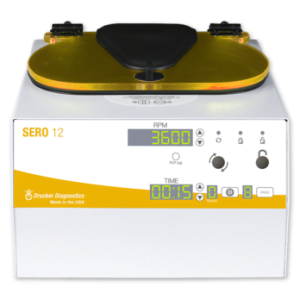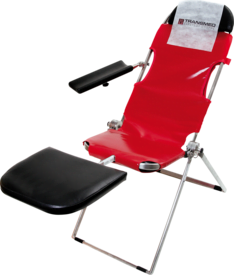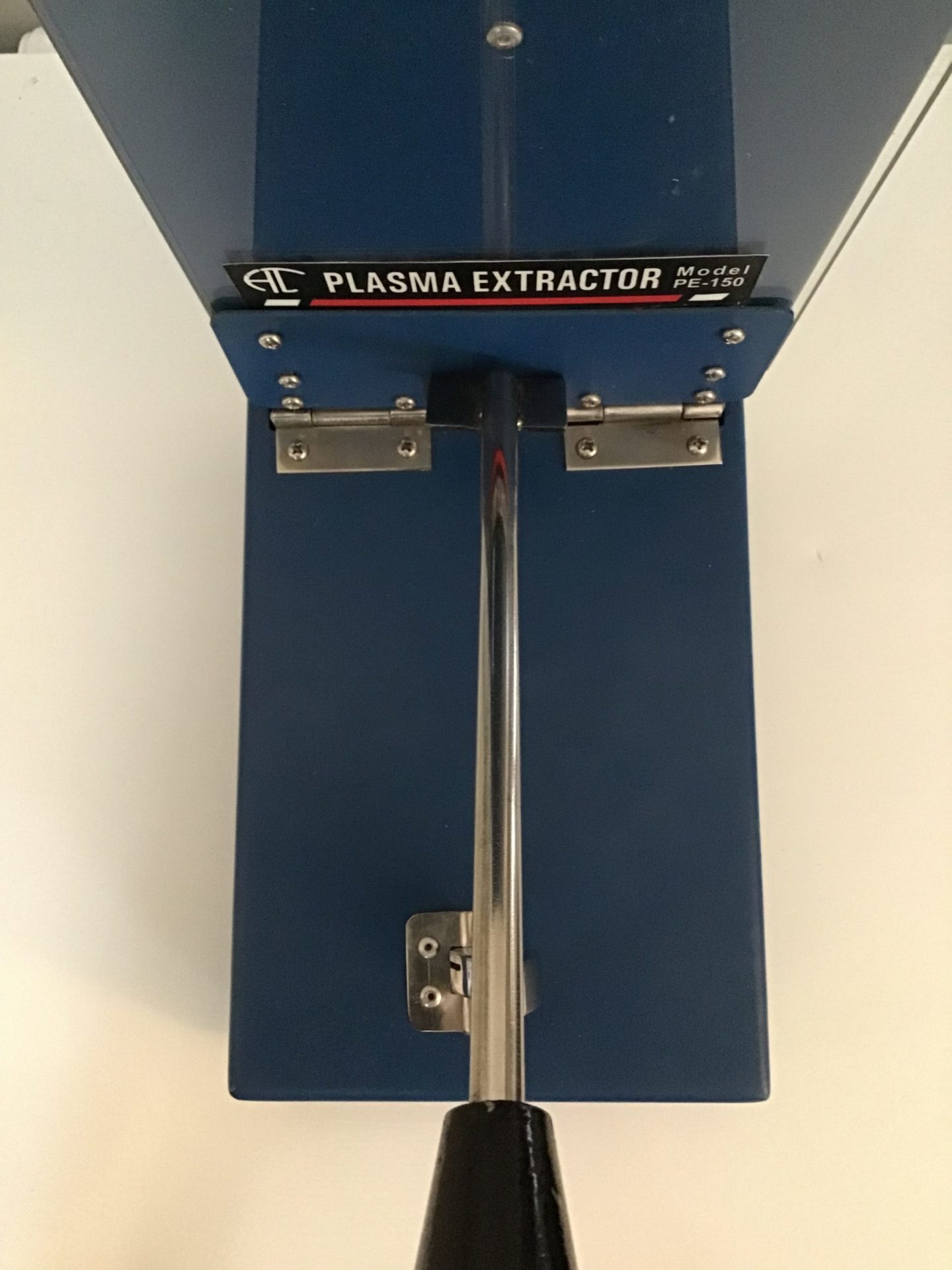Blood Bank Centrifuges
A blood bank centrifuge is an essential piece of equipment used in medical laboratories and blood banks. Its primary function is to separate blood components based on their density. The blood bank centrifuge machine utilizes centrifugal force to spin blood samples at high speeds. The centrifugal force may be calibrated for various procedures. High speed centrifugation operates by spinning the blood samples in culture tubes or refrigerated buckets.
Technicians can control the speed and g-force of the centrifugation process. Centrifuge control produces effectively isolation of specific components for processing and washing. These centrifuge design ensures that the separation process is efficient, accurate, and safe.
Blood bank centrifuges play a crucial role in producing component products and testing. Testing includes blood typing and compatibility testing. Testing is required for the transfusion of blood products like packed red blood cells and platelets.
With the help of blood bank centrifuges, healthcare providers can quickly and reliably separate blood components, allowing them to deliver timely and appropriate interventions for patients in need.
In conclusion, a blood centrifuge is a critical tool used in medical laboratories. The centrifuge is offered at varies prices. Its ability to separate blood components accurately and efficiently has greatly advanced medical treatments and procedures.






